This dedicated area offers rest and aids stress reduction.
- The Secret Garden is a first-of-its-kind dedicated 24/7 staff-only wellness and respite space, which has been shown to promote stress-reduction.
- It’s innovative and cost-effective, demonstrating staff interest with an increase of 350% utilization in 1 year.
- This pioneering model of staff caring for staff has been presented locally, nationally, and internationally, receiving positive feedback from other institutions as well as a research award from the American Psychiatric Nurses Association National Conference.
Interest in either pursuing or practicing nursing continues to dwindle. Seegert projects that in 2 years, 29 U.S. states won’t be able to fill the nursing positions required for their workforce due to the lack of nurses entering the profession and the number leaving it. This doesn’t have to happen. We can change the trajectory of nursing. Institutions and leaders that prioritize and provide well-being initiatives can start a revolution in the nursing practice mindset. A well workforce could save the profession and potentially improve care and patient satisfaction.
The current situation
Nurses provide care despite the challenges of their environment, whether it’s daily demands, the COVID-19 pandemic, or the behavioral health crisis. A marked increase in the number of patients boarding on medical floors for a higher level of psychiatric care has required clinical nurses across the country to expand their skill set to meet patient needs. Despite additional training and support, noticeable stress remains due to the nature of managing challenging patient behaviors and the rise in workplace violence directed toward healthcare workers. A 2023 Massachusetts Health & Hospital Association survey highlighted this increase in workplace violence. In 2022, an employee was either physically assaulted, exposed to verbal abuse, or threatened every 38 minutes in Massachusetts compared to every 57 minutes in 2020.
Healthy Nurse, Healthy Nation: 2024 Highlights Report
Self-acupressure to reduce stress and fatigue
Healthcare culture has deterred nurses from stepping away from the bedside and taking breaks off the floor. Nursing responsibilities frequently interrupt needed breaks. Nurses tend to dismiss their own self-care, which limits their ability to provide optimal patient care. In addition, most hospitals lack nurse respite areas, which prevents nurses from taking the initiative to leave the floor.
Recognizing the compounding issues facing nurses, hospitals and other in-patient medical settings have tried various approaches, including mindfulness apps, employee assistance programs, virtual fitness classes, Code Lavender (developed by the Cleveland Clinic), and similar relaxation response models. Beardsley and colleagues described creating a small space and a tackle box of relaxation tools to aid stress reduction. Some of these approaches continue to prove valuable to nurses, but we felt that something foundational was missing.
Research and a proposal
As leaders in behavioral health at our organization, we found ourselves not only supporting patients through challenging situations, but also supporting our colleagues. The mounting stress and symptoms of burnout continued to grow. Nurses requested on-shift access to effective stress reduction and consistently sought a physical space to disconnect from their work.
We applied to an evidence-based practice program to determine whether implementing mindfulness stress reduction techniques, as currently used with our patients in behavioral health, would effectively promote nurses’ well-being. A literature review indicated that various mindfulness modalities could aid relaxation and that engagement increased with the availability of a physical space. Kennedy Oehlert and colleagues noted that a private space provides opportunity for vulnerability and processing during stressful times, which allows for balancing the mind–body connection and increasing focus on patient care tasks. Our literature review and experience led us to recommend a practice change that would establish a staff-only dedicated space.
We continued our clinical inquiry throughout the pandemic, finalizing a proposal that included proving utilization and assessing the impact on perceived stress. Our proposal, combined with support from executive leadership, to identify and secure physical space resulted in acceptance into the nurse science fellowship (NSF). The NSF helps nurses conduct clinical inquiry supported by nurse scientists. Using NSF hours, we began to design the space, acquire materials for self-directive care, and determine available stress-reduction offerings.
We began planning for what would finally become the first-of-its-kind, staff-only respite space, open around the clock, to all active hospital employees. Strategically located on the first floor of the Boston Children’s Hospital main campus with a view of the outdoor Wishingstone Garden, the Secret Garden opened its doors in October 2022.
Secret Garden resources
The Secret Garden, a quiet, de-stimulating environment with ambient lighting, allows visitors to engage in several self-led activities, such as yoga, journaling, mandala coloring, and browsing literature about breath work, navigating grief, and unconscious bias. Lounge chairs with massage functions face nature scenery that streams on large screens while calming meditation music plays throughout the space.
Visitors also can participate in certified practitioner–led pop-up integrative sessions, including sound baths, group yoga, Reiki circles, and guided meditation. The practitioners providing these modalities have dedicated hours to employee services from the NSF program; associate personnel and volunteer services also contribute time.
Although the Secret Garden aims to maintain a comforting respite space from the high demands of the hospital setting, the practitioner-led sessions provide short, focused stress reduction for staff who may need help relaxing or who want to explore new modalities for expanding their well-being resources. For those seeking other hospital-provided offerings, we added a bulletin board that serves to connect staff with human resources, the office of clinician support, and virtual fitness programs.
Staff response
According to reports by staff, fostering positive mental health habits by taking time to reset and recharge helps to reduce stress. Secret Garden participants complete voluntary surveys to provide feedback. The surveys include Likert scales for pre- and post-visit perceived stress and an area to leave comments and suggestions. All collected surveys have shown a reduction in stress after visiting the Secret Garden, whether staff engaged in self-led or practitioner-led activities. The average reported stress reduction is two points on the five-point Likert scale. (See Survey responses.)
In the open-ended comments and suggestions section, visitors indicate a preference for sound baths and Reiki sessions; few prefer the journaling activity. Comment themes include gratitude for the space, feeling rejuvenated when they return to their shift, enjoying the sense of community that the sessions provide, and requesting more practitioner-led sessions.
Survey responses
Visitors to the Boston Children’s Hospital Secret Garden staff respite space voluntarily complete pre- and post-visit surveys. Using a 5-point Likert scale, they rate their level of stress before and after participating in practitioner-led sessions and after using the space on their own.
Practitioner-led practices
Practitioner-led sessions: Perceived pre- and post-session stress (Likert scale 1-5)


Self-led use
Self-led sessions: Perceived pre- and post-session stress level (Likert scale 1-5)


Badge counts show a steady increase in use of the space (one badge count equals a one-time entry badge tap that allows the person to enter the space). According to badge count data, the most frequented times were 1:00 am, 3:00 am, 7:00 am, and 10:00 am; the highest foot traffic occurs between 1:00 pm and 3:00 am. We found the shift change at 7:00 am notable; further inquiry confirmed increased use by surgical staff as a result of later shift starts.
We’ve seen a 436% badge count increase since opening the Secret Garden in October 2022. Staff frequently enter in pairs or groups, which means the actual number of staff using the space is higher than the badge counts indicate. Outlier months include March and June 2023 when we hosted several practitioner-led events for specific role appreciation days or weeks (numbers rose) and September when the space temporarily closed for maintenance (numbers dipped slightly). (See Badge counts.)
Space maintenance and creative solutions
As awareness grows about the Secret Garden, its use increases. Marketing and signage played key roles when launching the space and continue to help reach newly hired staff and those working night shifts or in areas located outside of the main building.
Because a facilitator isn’t always present in the Secret Garden, we’ve found signage useful in establishing and communicating rules and expectations about the purpose and use of the space. The space supports staff engagement in stress reduction activities that require a low-stimulation environment, so we discourage cell phones, laptops, food, and sleeping for extended periods. We post a suggested visit time of 20 minutes and the maximum number of people at 15 (less than the capacity of the room to allow for optimal relaxation). Volunteers intermittently monitor the space. Consistent feedback from staff and badge data confirm an average of 10 staff in the Secret Garden at one time with the exception of larger group attendance during practitioner-led activities.
Many staff sit or lie on the floor, bolsters, or yoga mats, so we don’t allow shoes. A shoe rack positioned immediately inside the entrance provides a storage space; for those wishing to keep their shoes on, we supply disposable shoe covers. Signage notes the regularly scheduled cleaning service and also requests that visitors wipe down mats and loungers after each use.
In an effort to provide practitioner-led programming without budgeted hours (aside from our minimal fellowship hours and one additional Reiki practitioner’s dedicated hours), we piloted volunteer practitioner sessions. Many visitors want to contribute to the staff-caring-for-staff model, so those wishing to volunteer a session of their time can register with the hospital as “associate personnel” and offer a class once or twice a month. These sessions, along with the practitioner-led sessions (each about 30 minutes), occur roughly four to six times per month. The rest of the time remains dedicated to quiet, uninterrupted, restful space.
Next steps
As offerings and sessions grow, we’ll next focus on adding content to the Secret Garden website for around-the-clock remote access. Satellite locations and colleagues working from home can currently join live-streamed yoga and meditation sessions held in the Secret Garden, but a collection of integrative medicine and resilience-building videos and modules will allow for greater access and expanded engagement.
The future of this program will likely include expansion of integrative offerings including aromatherapy provided by certified clinical aromatherapy nurses, Tai Chi, and more. We’ll also look to engage volunteer services programming to assist in maintaining streaming content throughout the day and night. We’re also developing a student internship placement to include learning integrative medicine and program management. In addition, as use increases and supplies require replacement, we’re investigating grant possibilities to fund various needs.
A mindset shift
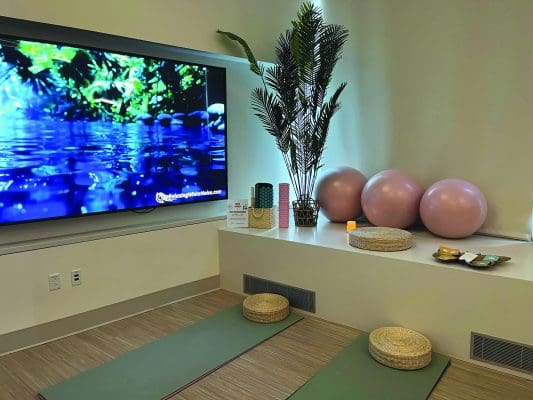

The authors work at Boston Children’s Hospital in Boston, Massachusetts. Erin Quinlan is a Reiki Master and board-certified psychiatric mental health nurse. Jennifer Schlebusch is a Reiki Master and lead behavioral health counselor in behavioral health and wellness education. Mary Poyner Reed is a nurse scientist.
American Nurse Journal. 2024; 19(10). Doi: 10.51256/ANJ102452
References
Beardsley E, Patton L, Reynolds C, et al. Evidence-based approach to mitigate cumulative stress in pediatric nurses through the development of respite rooms. Worldviews Evid Based Nurs. 2024;21(1):96-103. doi:10.1111/wvn.12702
Bourgault AM. Difficult times without easy solutions: Nurses want to be heard! Crit Care Nurse. 2022;42(1):7-9. doi:10.4037/ccn2022577
Connor JA, Mott S, DeGrazia M, et al. Nursing science fellowship at Boston Children’s Hospital. Appl Nurs Res. 2020;55:151292. doi:10.1016/j.apnr.2020.151292
Kennedy Oehlert JA, Bowen CM, Wei H, Leutgens W. Tranquility rooms for team member well-being: Implementation during COVID-19 pandemic. Patient Exp J. 2022;9(2):102-6. doi:10.35680/2372-0247.1730
Massachusetts Health & Hospital Association. MHA members issue a united call to action on violence in healthcare facilities. January 30, 2023. MHA_United_Call_on_Workplace_Violence
Montanari KM, Bowe CL, Chesak SS, Cutshall SM. Mindfulness: Assessing the feasibility of a pilot intervention to reduce stress and Burnout. J Holist Nurs. 2019;37(2):175-88. doi:10.1177/0898010118793465
Radfar A, Ferreira MM, Sosa JP, Filip I. Emergent crisis of COVID-19 pandemic: Mental health challenges and opportunities. Front Psychiatry. 2021;12:631008
Seegert L. The current state of nursing. Am J Nurs. 2022;122(2):18-20. doi:10.1097/01.NAJ.0000820536.23909.d7
Stone SB. Code Lavender. A tool for staff support. Nursing2018. 2018;48(4):15-7.
Key words: Integrative health, stress-reduction, well-being, resilience

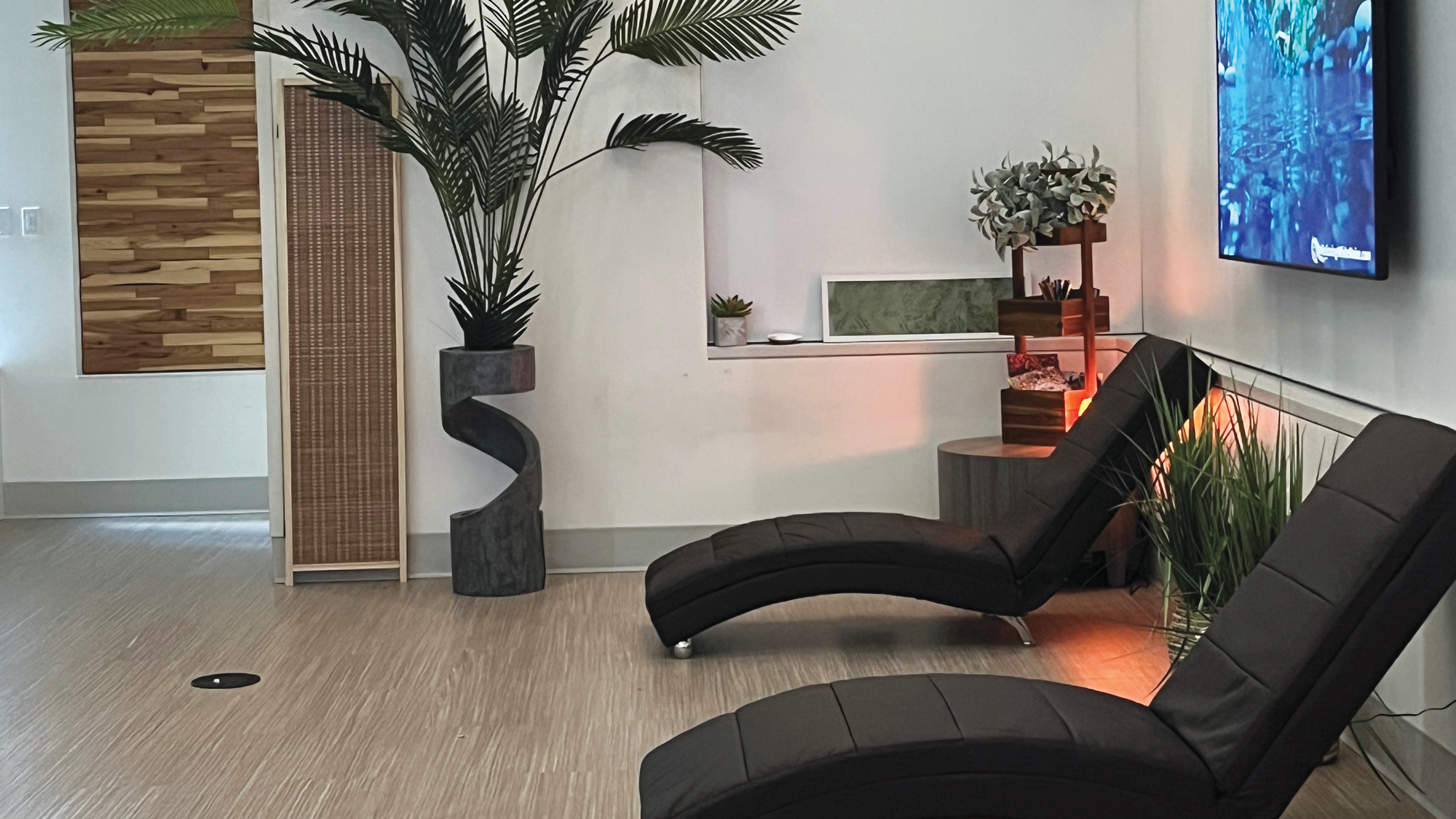










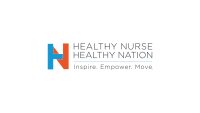



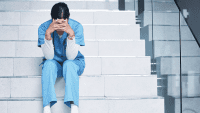
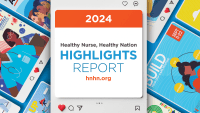


2 Comments. Leave new
My Capstone project in 2020 at USF was on Caritas Rooms, I worked at Kaiser Oakland at the time. We opened our first room at the height of COVID it became a beacon of light for everyone. Before, I left we had opened one on every Adult Service unit. Our burnout rate went from 85% to 55%.
Thank you for sharing, Patricia! We have loved learning about the different models that have been instituted around the world.